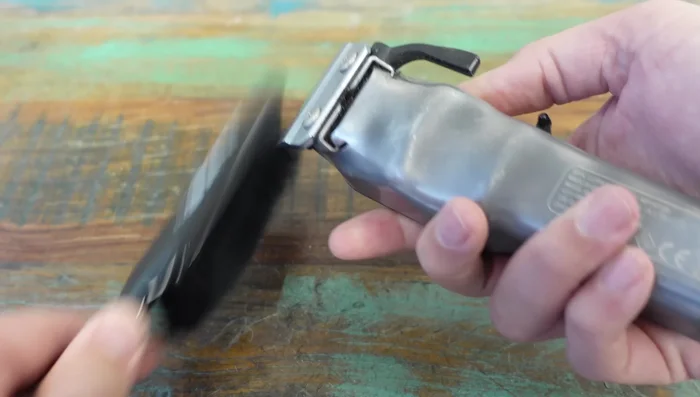Dull, clogged clippers can transform a crisp, clean cut into a frustrating, uneven mess. Maintaining your hair clippers isn't just about aesthetics; it's crucial for ensuring optimal performance and longevity. A well-maintained clipper provides a smoother, more consistent cut, ultimately saving you time and preventing potential damage to your hair. Ignoring regular cleaning can lead to build-up, rust, and even motor damage, significantly shortening the lifespan of your investment. Whether you're a professional barber or simply like to maintain your own hair at home, understanding the importance of regular maintenance is key to achieving the best results.
This guide will walk you through a comprehensive deep clean and maintenance routine, ensuring your clippers remain sharp, efficient, and ready for their next task. Ready to revitalize your hair clippers and experience the difference a clean machine makes? Let's dive into the step-by-step process below.
Preparation and Safety Guidelines
- Hair clippers
- Clipper side spray (lubricant)
- Small tub
- Clipper brush
- Small screwdriver
- Plastic prying tool (optional)
- Hair dryer
- Always unplug your clippers before cleaning or performing any maintenance.
- Never immerse the entire clipper in water unless explicitly stated in the manufacturer's instructions. Water damage can be irreversible.
- Use only the recommended cleaning solutions and lubricants specified by the manufacturer to avoid damaging the blades or internal components.
Step-by-Step Instructions
Initial Cleaning
- Remove debris and hair from the clipper's exterior using a brush.
- Spray clipper blade with clipper side spray to lubricate and cool it.
- Submerge clippers in clipper side spray to remove built-up hair and gunk (repeat as necessary).



Initial Cleaning Blade Disassembly and Cleaning
- Remove screws on the back of the clipper to access the blade and internal components.
- Remove the blade and clean away any remaining hair and debris using the brush, paying close attention to areas around the moving parts and the switch.


Blade Disassembly and Cleaning Deep Internal Cleaning
- Remove screws from the plastic casing to access the internal mechanism for a more thorough cleaning.
- Use a plastic tool or other suitable instrument to carefully remove the lid and clean away any remaining hair and gunk.
- Use a hair dryer to remove stubborn hair buildup inside the clipper.
- Use a small tool to scrape off remaining gunk around the edges and ensure a clean seal when reassembling.




Deep Internal Cleaning Reassembly
- Reassemble the clipper, ensuring proper alignment of the blades and lever. Tighten screws, paying attention to the proper tightness to avoid damaging the components.

Reassembly
Read more: Mastering Trimmer Blade Adjustment for a Perfect Cut
Tips
- Multiple baths may be needed to fully remove all hair and gunk from the clipper.
- Clean the spring and other parts of the clipper with a cloth to ensure proper function.
- When reassembling the blade, don't overtighten the screws. Slightly less than hand tight is sufficient.
- Align the bottom blade slightly forward of the top blade for optimal performance (unless zero-gapping).










